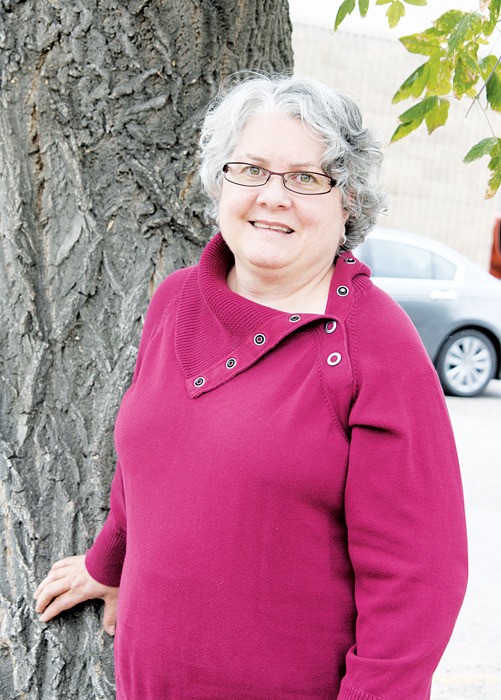Before her stroke, Anne New -house was a teacher at Eileen Madson Primary School.
Since then, her approach to dealing with life with a brain injury has taken a lot of cues from her old profession.
“I’m trying to be an advocate for other people in my situation,” explains Newhouse.
“People don’t really understand if you’re brain injured. People don’t know that a stroke can leave brain injuries. They just look at the physical part.”
Newhouse’s stroke started as a late night headache in early 2003.
She took some Tylenol and went back to bed, but when she woke up again a few hours later “I couldn’t move,” she remembers. “I didn’t know why.”
She was airlifted from Invermere to hospital in Calgary, where she spent three months in recovery.
“I made it my goal to get out by my birthday in July,” she says.
Today, Newhouse walks with a limp and uses a motorized scooter for some of her transportation needs. She says she’s come a long way from the days immediately following her stroke, where one side of her body was paralyzed and she had to use a wheelchair.
“I’m trying to live my life normally, whatever that might be,” she says.
“I’m pretty active, I drive again, I walk on my own. So I think I did pretty good.”
As a member of the East Kootenay Brain Injury Association, Newhouse promotes education, awareness and prevention.
“You can get brain injured in so many ways,” she says. “Car accidents, and a lot of people get brain injured from concussions in hockey or other sports.”
She runs a brain injury poster contest at David Thompson Secondary School, to encourage students to use helmets when riding bicycles and skateboarding.
“I yell at kids that go by on their bikes down my street, ‘where’s your helmet?'” she adds with a laugh.
She’s also become interested in accessibility issues in the community, from wheelchair friendliness in local businesses to issues surrounding handicapped parking.
In addition to raising awareness about brain injury, the Brain Injury Association also acts as a social group for its members.
“A lot of people in the brain injury group have no family, so it’s a social esteem kind of thing,” says Newhouse, who often hosts parties for the group.
To learn more about the East Kootenay Brain Injury Association, visit ekbia.org.
